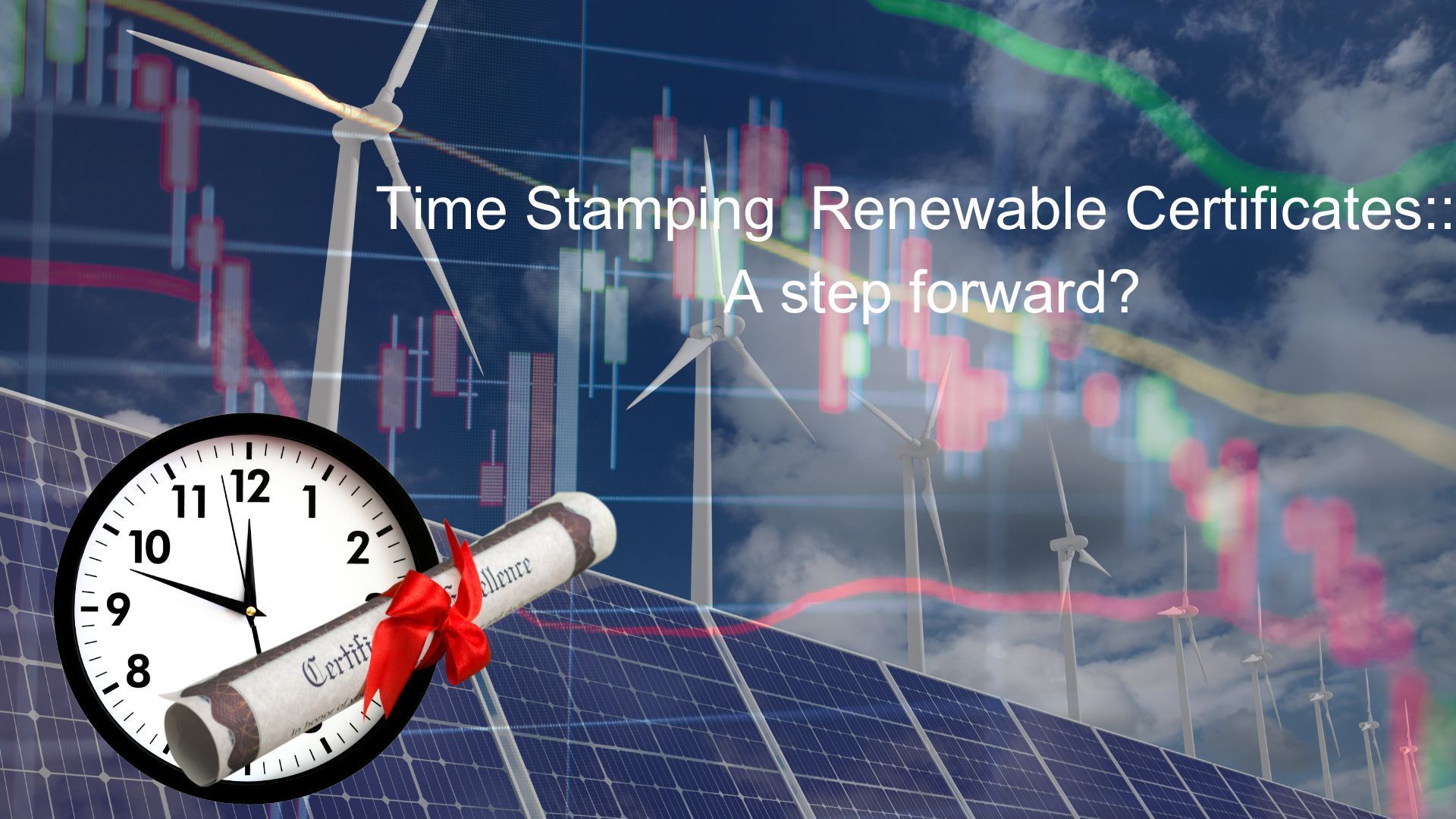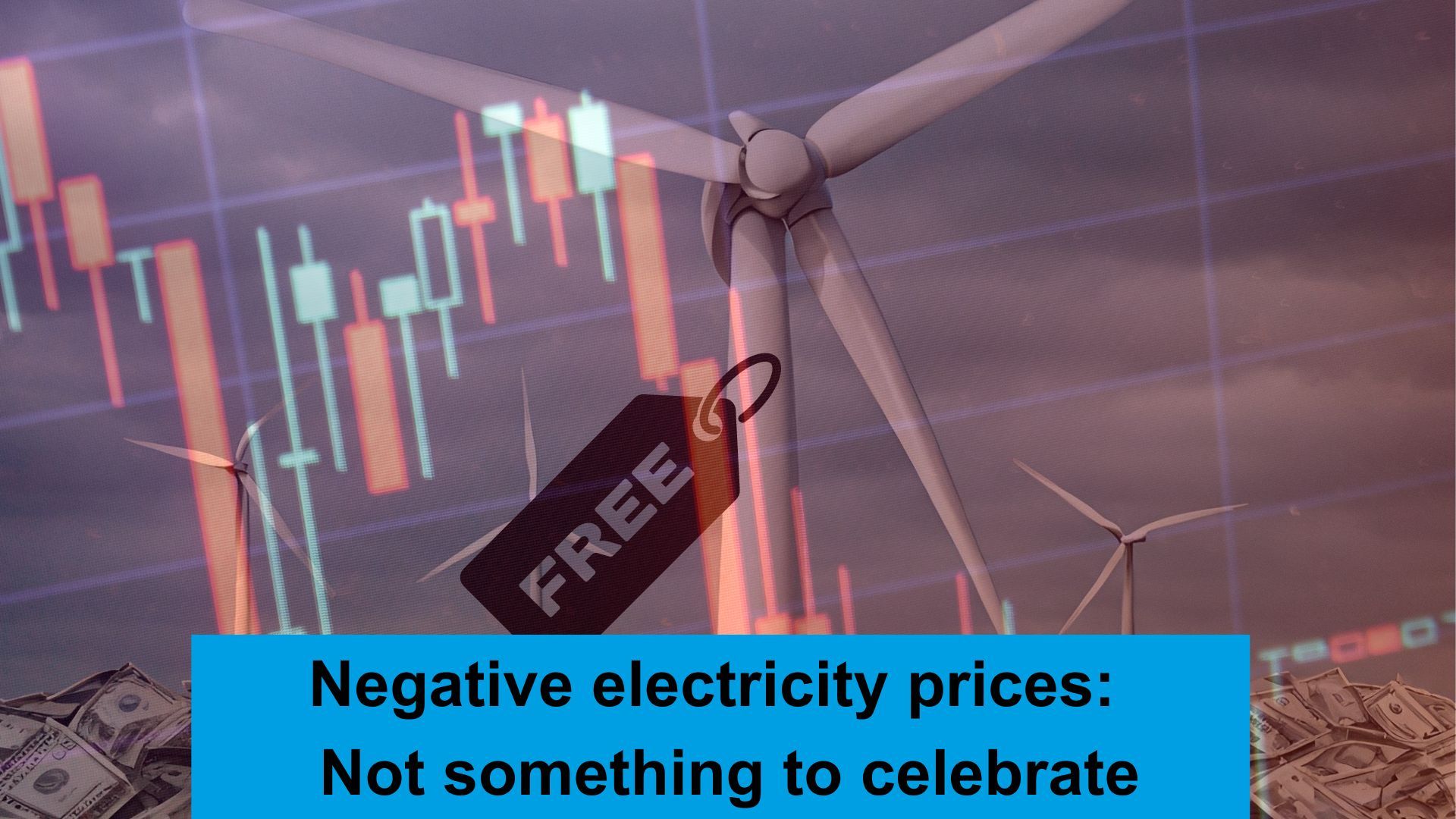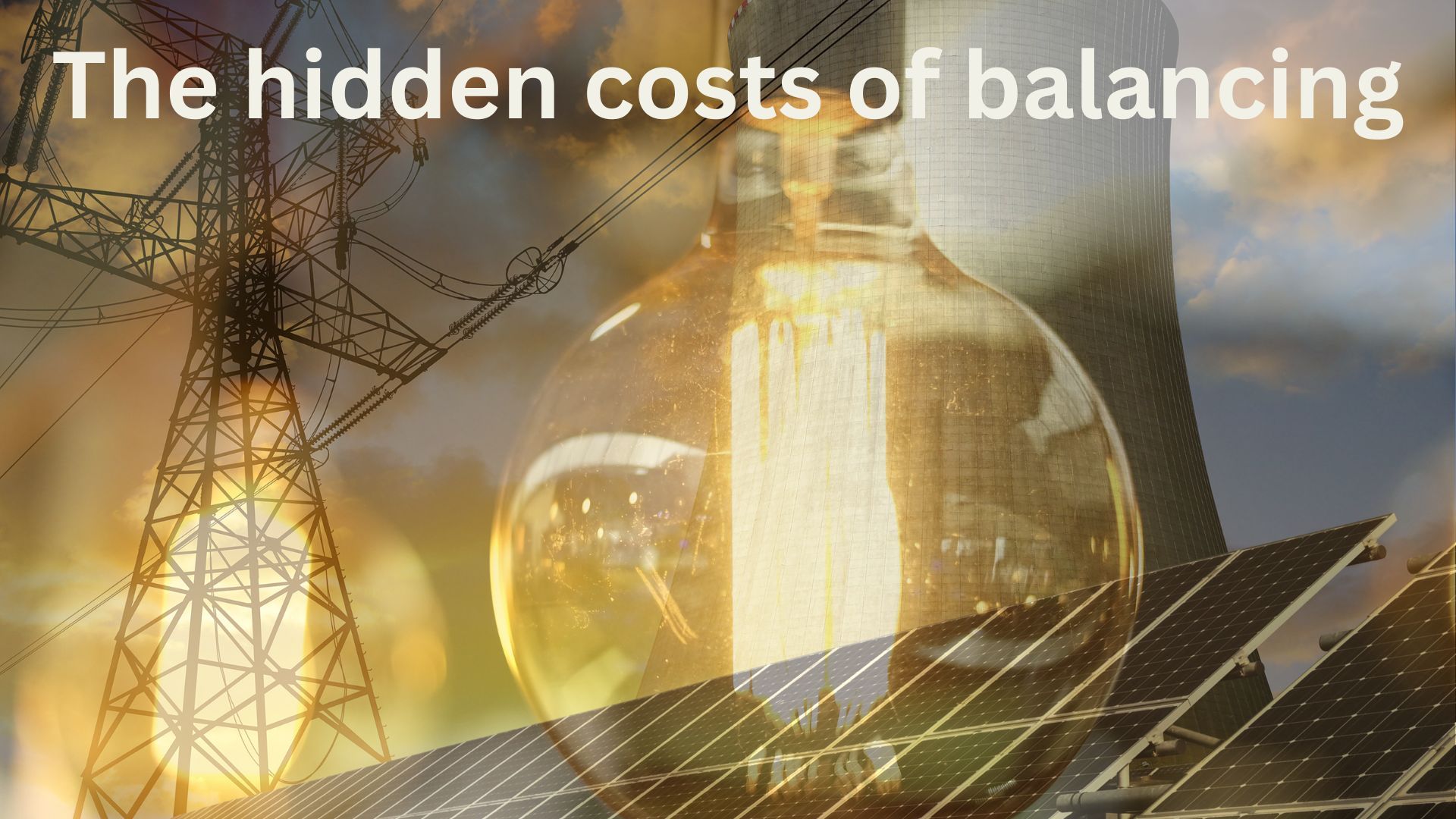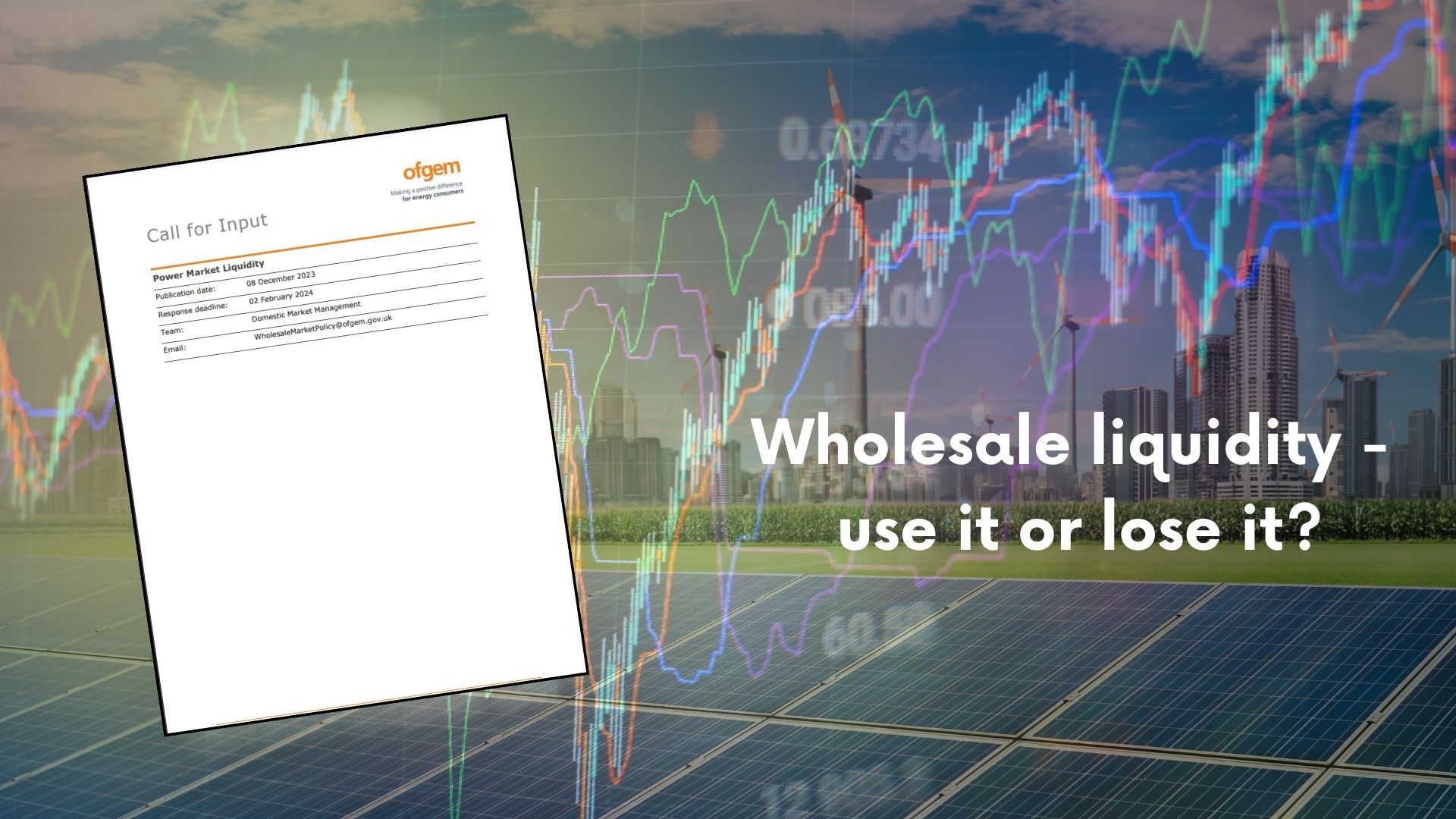Time stamped renewable energy contracts – the future, or unnecessary complexity looking for a home?

There is a growing move towards time stamped certificates to be used to demonstrate the validity of consumer green tariffs.
While the current fuel mix disclosure methodology is poor, to say the least, varying levels of greenwashing are pretty much universal – will time stamping tariffs make any difference in the real world?
So – what difference could it make?
The current labelling system incorporates an annual matching of volume across a 12 month period, so any consumer contract that is 100% renewable is matched on this annualised basis against generation.
The arguments against this are many – including the ability to claim 100% renewable even if the real production profile bears no resemblance to the consumption profile it is notionally covering. Whether that matters or not, or if the objective is simply to increase the overall amount of generation is to a degree in the eye of the beholder. Although regulators are increasingly jumping on the time-stamping band wagon, so the rules are likely to follow over time.
But aside from that, will aligning production and consumption in real time make any difference and lead to more generation?
What is the right time-period to measure anyway?
Using an annual number hides all variation, using half hourly allocation hides real time variability, but why is half-hourly better than daily or monthly? Its lots more data points, but is data the objective or the outcome?
The argument put forward is broadly that time stamping will create a strong incentive to increase renewable labelled electricity at times of low natural generation. That may be a noble aim, but there are some major hurdles to clear to deliver a truly renewable tariff – whether it is time stamped or not.
- When it is dark and still; there will be almost no renewable generation, so it ultimately relies on earmarking energy storage purely for tariff labelling purposes – which has to be incredibly inefficient.
- Inextricably linking certificates to energy will mean that the fundamental nature of the product will change – rather than worrying about just the commodity, market participants will need to worry about the certification and being able to balance their books. The impacts of this could be huge – from fundamentally changing the market operator role to potentially impacting long term market liquidity as the risk of selling overnight energy a long way before delivery is just too high. This could consign fixed price customer products to history – which some may see as a good thing in itself, but most customers are probably unaware of (yet).
- Does certification become obligatory? At the moment, while electricity suppliers are obliged to publish their fuel mix – there is no obligation to buy any certificates to back this, and a supplier could simply use the national average mix. An obligation to source certain types of certificates will increase the cost for all tariffs, irrespective of customer choice.
- Ancillary services are necessary to support the network and are provided by many different technology types. Without a fully renewable grid, all consumers will gain security of supply from this.
- Is all renewable generation equal? If a generator is in receipt of a subsidy payment, should it also qualify for extra payment for the certificates it produces – theoretically these are owned by all consumers based on the universal obligation to pay.
- What about losses. Real time tracking at real granularity is all but impossible in reality.
- Additionality always lurks at the back of these debates. Without additionality, the whole process could just create increased returns for no action; rather than increase the rate of decarbonisation.
Could a fuel label change the market?
For labels alone to increase the overall level of renewables they have to lead to an increase in the level of useful renewable electricity. For that to be the case, the value of renewable energy would need to be high enough and predictable enough to underwrite large investments.
Investors in generation are seeking secure returns – and so far that security has mainly come in the form of obligations placed on suppliers to provide payments under long term contracts. Could time stamped fuel labelling really replace this? Evidence so far suggests not.
A higher level of fuel labelling granularity may be what some consumers seek, but it will be important to make sure that all consumers are not paying for a more complex system that simply.
Who wins?
Financially the winners will be generators with flexibility, and storage.
Its possible that existing generators that have banked on higher certificate prices in the current market mechanism could loose out to the averaging effect of prices.
Consumers that choose to buy 24/7 matched electricity will almost certainly pay more.
As the electricity market becomes ever more convoluted, retaining a sense of understanding of the bigger picture will remain key.
Share this on social media










